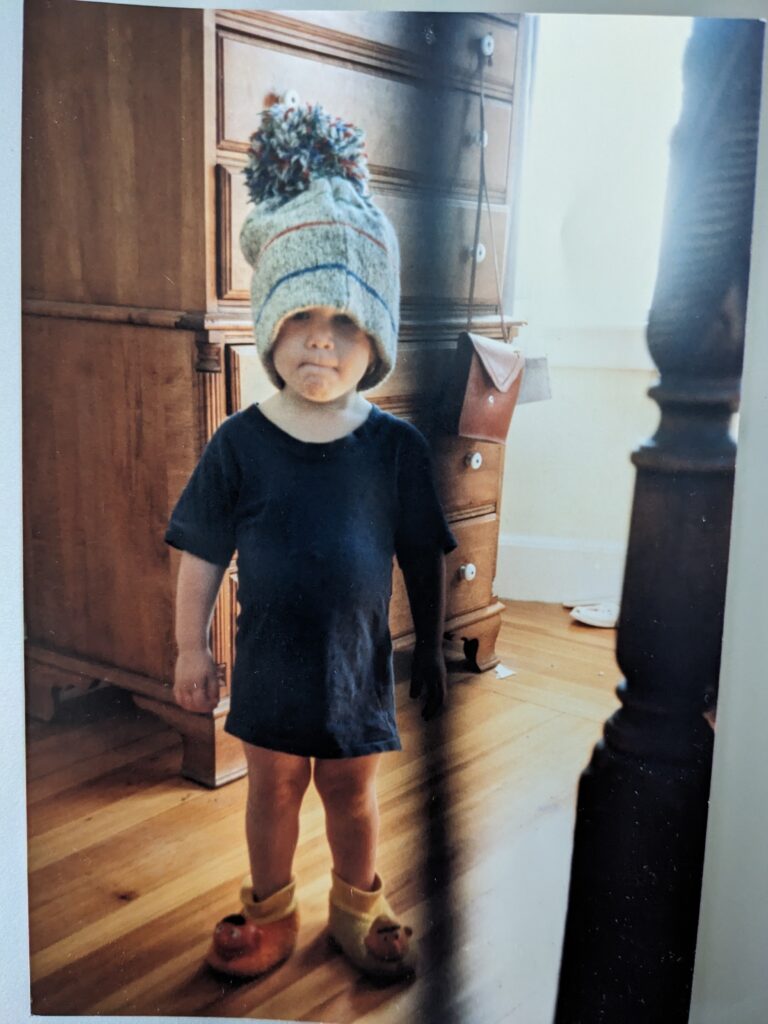Issue 192, Spring 2010
When I was small I didn’t care about toys. What I liked doing when I was four or five was prowling around the house to see if my grandfather or my uncle were taking their weapons apart to clean them. They were constantly doing this, with the utmost care and devotion. My uncle used to say weapons were like women—if you didn’t caress them enough they’d grow stiff and betray you.
The weapons in our house, as in all Siberian houses, were kept in particular places. The so-called personal guns—the ones Siberian criminals carry around with them and use every day—are placed in the “red corner,” where the family icons hang on the walls, along with the photographs of relatives who have died or are serving prison sentences. Below the icons and the photographs there is a shelf, draped with a piece of red cloth, on which there are usually about a dozen Siberian crucifixes. Whenever a criminal enters the house he goes straight to the red corner, pulls out his gun, and puts it on the shelf; then he crosses himself and places a crucifix over the gun. This is an ancient tradition that ensures that weapons are never used in a Siberian house: if they were, the house could never be lived in again. The crucifix acts as a kind of seal, which can only be removed when the criminal leaves the house.
The personal guns, which are called lovers, aunts, trunks, or ropes, don’t usually have any deeper meaning; they are seen as just weapons, nothing more. They are not cult objects in the way that the traditional knife of Siberian criminals, the pike, is. The gun is simply a tool of the trade.
In addition to personal guns, there are other kinds of weapon that are kept around the house. The weapons of Siberian criminals fall into two broad categories: “honest” and “sinful.” The honest weapons are those that are used only for hunting in the woods. According to Siberian morality, hunting is a purification ritual that enables a person to return to the state of primal innocence in which God created man. Siberians never hunt for pleasure, but only to satisfy their hunger, and only when they go into the taiga, the dense woods of their homeland. Never in places where food can be obtained without killing wild animals. If they are out in the woods for a week the Siberians will usually kill only one boar; for the rest of the time they just walk. In hunting there is no place for self-interest, only for survival. This doctrine influences the entire Siberian criminal law, forming a moral basis that demands humility and simplicity in the actions of each individual criminal, and respect for the freedom of every living thing.
The honest weapons used for hunting are kept in a special area of the house, called the altar, along with the decorated hunting belts of the masters of the house and their forefathers. There are always hunting knives hanging from the belts, and bags containing various talismans and objects of pagan magic.
The sinful weapons are those that are used for criminal purposes. These weapons are usually kept in the cellar and in various hiding places scattered around the yard. Every sinful weapon is engraved with the image of a cross or a patron saint, and has been “baptized” in a Siberian church.
Kalashnikov assault rifles are the Siberians’ favorites. In criminal slang each model has a name; no one uses abbreviations or numbers to indicate the model and caliber or the type of ammunition it requires. For example, the old 7.62-mm AK-47 is called a saw, and its bullets are called heads. The more recent 5.45-mm AKS with the folding butt is called a telescope, and its bullets are called chips. There are also names for the different types of cartridge: the bottom-heavy ones with black tips are called fat ones; the armor-piercing ones with white tips, nails; the explosive ones with red-and-white tips, sparks.
The same goes for the other weapons: precision rifles are called fishing rods, or scythes. If they have a built-in silencer on the barrel, they are called whips. Silencers are called boots, terminals, or woodcocks.
According to tradition, an honest weapon and a sinful one cannot remain in the same room; otherwise the honest weapon would be forever contaminated and could never be used again, because its use would bring bad luck on the whole family. If this happens the gun must be eliminated with a special ritual. It is buried in the ground, wrapped in a sheet on which a mother has given birth. According to Siberian beliefs, everything connected with childbirth is charged with positive energy, because every newborn child is pure and does not know sin. So the powers of purity are a kind of seal against misfortune. On the spot where a contaminated weapon has been buried it is usual to plant a tree, so that if a curse strikes, it will destroy the tree and not spread to anything else.
In my parents’ house there were weapons everywhere; my grandfather had a whole room full of honest weapons: rifles of various calibers and makes, numerous knives, and various kinds of ammunition. I could only go into that room when I was accompanied by an adult, and when I got inside I tried to stay there as long as possible. I would hold the weapons, study their details, and ask hundreds of questions until they would stop me, saying: “That’s enough questions! Just wait a while. When you grow up you’ll be able to try them out for yourself.”
Needless to say, I couldn’t wait to grow up.



